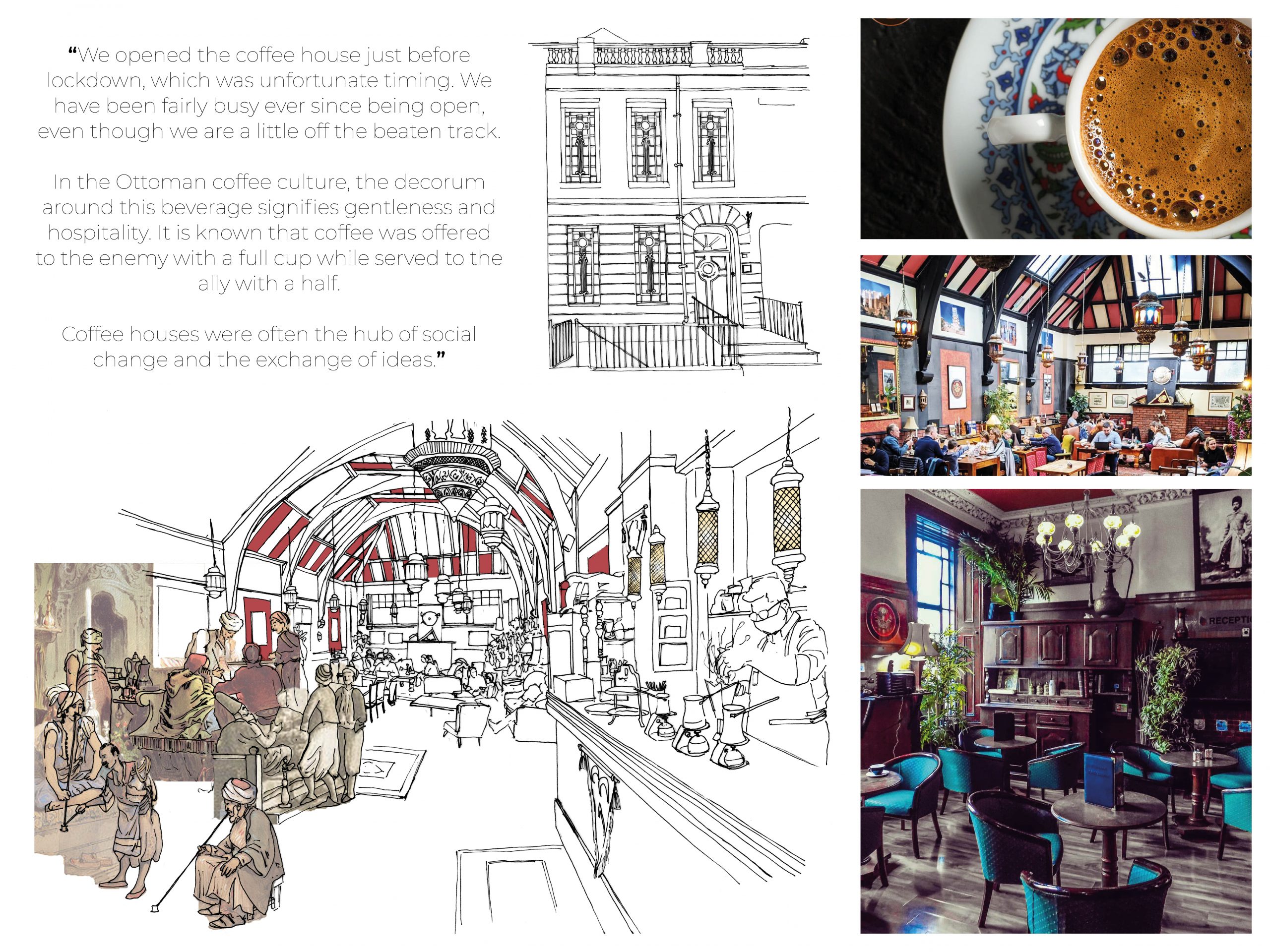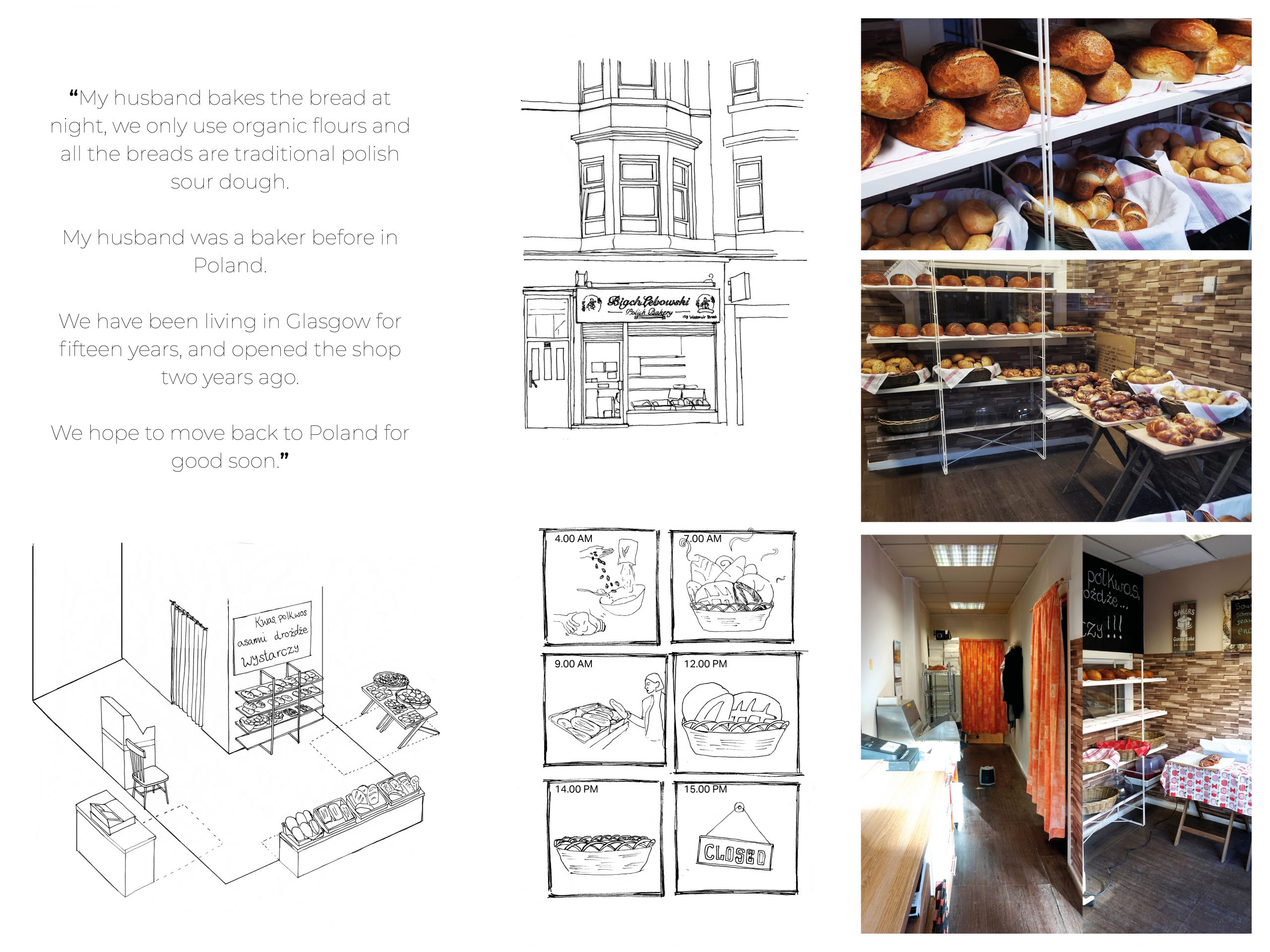For over 200 years, Glasgow has hosted a diverse range of people with different ethnic origins, languages, customs and religions. Those living in the city today may be the descendants of people who came to Glasgow in the 18th and 19th Century from the Highlands or Ireland. Or perhaps grandchildren of those who came from other European countries, India, Pakistan or Hong Kong. More recently many asylum seekers, and migrants from the European Union, are settling in Glasgow. They all help to provide Glasgow with a layered social-scape and infrastructure.
Many walks in the city take you along streets of the sandstone tenements that are famous to Glasgow, however, the architecture does not reflect how multicultural Glasgow is. You have to look hard to spot small interventions, and it is only once you are inside the shops or cafes that you appreciate the diversity of people and their different backgrounds. These diversities have not expressed themselves in new building typologies or architectural languages, rather have inserted themselves into the existing fabric.
Through a close-up study of some of such shops in Woodlands, Charing Cross, Parkhead and Govanhill, we tried to investigate how different cultural habits and behavior influence spatial constellations of food establishments performed inside and around the shells of tenements.
This particular study focuses on two shops, one in Parkhead and one in the city centre. They are both unobtrusive in they way they present themselves to the street, hidden gems that are the centre of an Polish community in the case of the bakery and a Muslim community in the case of the coffee house. Both establishments are extremely proud of their cultural heritage, which is shown through the craft of the products they sell.
Image 1: The Ottoman Coffee House, City Centre
Image 2: BigchLebowski Polish Bakery, Parkhead
Key Themes: Migration, Food, Temporary Infrastructures, Interior, Production


